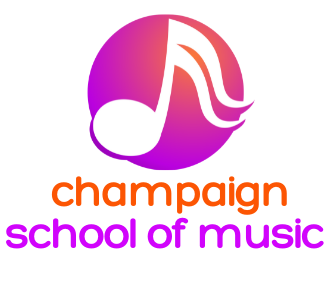Opera: It’s origin and why it continues today
Opera originated in Italy around the turn of the 17th century and quickly became one of the most popular forms of musical and dramatic expression. The term "opera" is derived from the Italian word for "work" or "composition," emphasizing the collaborative nature of this art form, which combines music, drama, staging, and visual arts.
Origins of Opera:
1. Florentine Camerata: The Florentine Camerata, a group of intellectuals and musicians in Florence during the late 16th century, played a crucial role in the birth of opera. They sought to revive the spirit of ancient Greek drama, with a focus on expressing the emotional power of the text through music.
2. Librettos and Recitative: The earliest operas were based on mythological or classical themes, and the text, or libretto, was often written in poetic form. The use of recitative, a style of vocal delivery that imitates the natural flow of speech, allowed for the effective communication of the story.
3. Transition from Intermedi to Full Operas: Initially, opera-like performances were included as intermedi, or interludes, between acts of plays. Over time, these intermedi evolved into standalone works, marking the transition from early experiments to full-fledged operas.
4. Monteverdi's "Orfeo": Claudio Monteverdi's "Orfeo," composed in 1607, is often considered one of the earliest operas that survived to the present day. Monteverdi's work showcased a fusion of music and drama, with expressive vocal writing and orchestration.
Why Opera Continues Today:
1. Artistic Fusion: Opera combines various art forms, including music, drama, set design, costumes, and often dance. This integration allows for a rich and immersive artistic experience that appeals to a diverse audience.
2. Emotional Intensity: Opera is known for its ability to convey intense emotions through music and drama. The powerful combination of expressive singing and compelling storytelling creates a unique emotional impact that resonates with audiences.
3. Cultural Significance: Opera has played a significant role in shaping cultural and artistic history. Many operas explore universal themes, making them relevant across different times and cultures. Opera houses around the world continue to stage classic works alongside new productions, contributing to the preservation and evolution of this art form.
4. Technical Mastery: Opera demands high levels of technical skill from performers, including singers, musicians, and production teams. The challenges posed by operatic works attract skilled artists who are drawn to the complexity and beauty of the art form.
5. Innovation and Evolution: While opera has a rich historical tradition, it also continues to evolve. Contemporary composers and directors often reinterpret classic operas or create new works that reflect modern sensibilities. This adaptability ensures that opera remains a living and dynamic art form.
6. Global Appeal: Opera has a global presence, with opera houses, festivals, and performances taking place on every continent. The international appeal of opera contributes to its continued vitality and relevance in the 21st century.
In summary, opera originated as a collaborative art form in Italy during the early 17th century, and its enduring appeal today can be attributed to its ability to merge various artistic elements, convey intense emotions, maintain cultural significance, demand technical mastery, evolve with the times, and attract a diverse and global audience.
